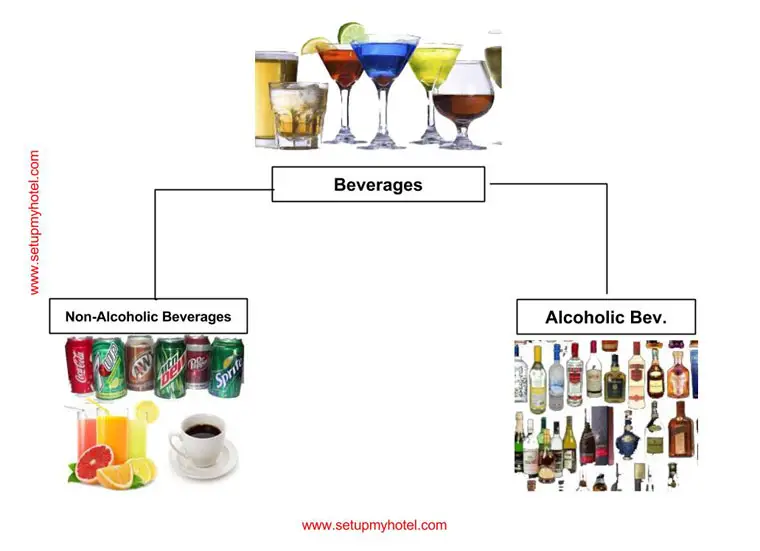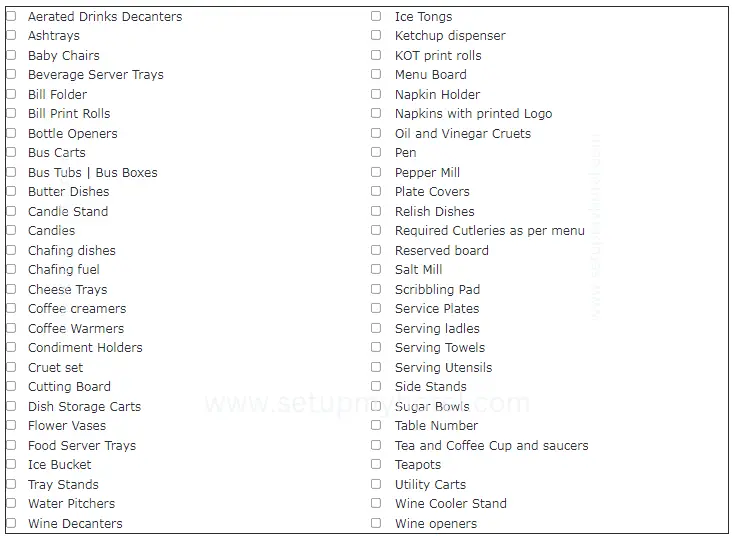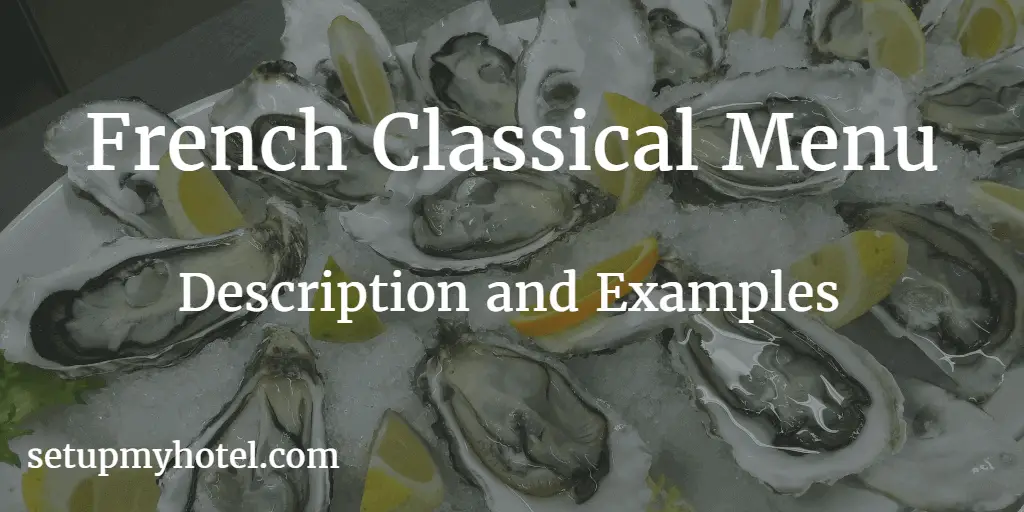Tips For Suggesting And Selling Wine In Restaurants

Tips for Suggesting and Selling Wine in Restaurants Presenting the wine list to the guest: Taking the wine order Presenting ...
Read more
How To Take Food Order In Restaurants / Coffee shops

How to Take Food Orders in Restaurants / Coffee Shops Servers should offer the guests a beverage at all meal ...
Read more
Handling Table Reservation Problems In Restaurants | Hotels

Tips for Dealing with table reservation problems in Restaurants Table reservation problems can be frustrating, especially when you have been ...
Read more
Classification Of Beverages Or Types Of Beverages

What are beverages or Classification of Beverages? ‘Beverages’ is a drink other than water; an explanation in a commercial context. ...
Read more
Checklist For Purchasing Food And Beverage Service Equipment

Purchasing F&B Service Equipment Creating a checklist for purchasing Food and Beverage (F&B) service equipment is crucial to ensure that ...
Read more
Order Taking And Serving Desserts & After Dinner Drinks

Order Taking and Serving Desserts & After Dinner Drinks After a satisfying meal, it’s time to indulge in desserts and ...
Read more
Tips For Serving Bottled Beer And Draft Beer

Tips for Serving Bottled Beer and Draft Beer in Restaurants and Bars To provide a good beer service the server/staff ...
Read more












